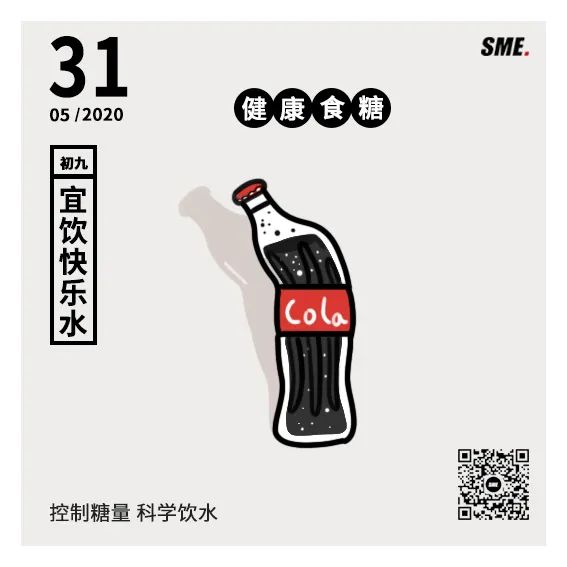Sweeter, cheaper and more evil? Corn syrup is accused of being the root of all evils of obesity.
Original SME SME technology story
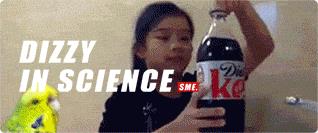
Source: Slate
Author: Daniel Engber
Translation: SME science and technology story
About 50 years ago, high fructose corn syrup (HFCS) began to enter our food supply chain. By 1984, almost all soda producers in the United States had adopted high fructose syrup as a cheap substitute for sugar.
Ten years ago, high fructose corn syrup (HFCS) accounted for almost half of all added sugar in American diet, but this situation has changed a lot in recent ten years.
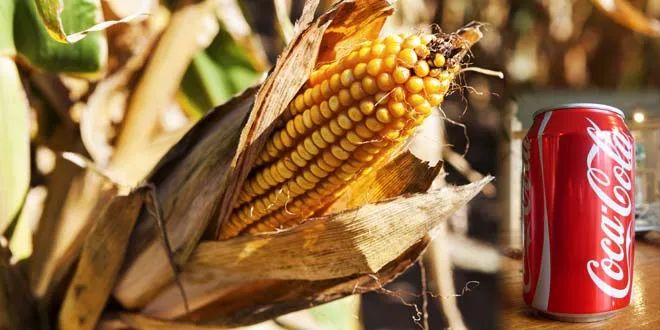
The fructose corn syrup (HFCS) in most cola ingredient lists on the market now refers to high fructose corn syrup.
In April, 2009, PepsiCo announced that it would give up this classic American sweetener, and at the same time, it introduced three new beverages: natural Pepsi, retro Pepsi and Mountain Dew Pepsi-all of which used a "natural" mixture of sugarcane and beet sugar to increase the sweetness.
Following the pace of Pepsi, Snapple Beverage also launched the most expensive advertising campaign in history to promote their new "natural" tea beverage brewed with "real" sucrose. In addition, brands such as Pizza Hut, Kraft Foods and ConAgra made similar changes in the following months.
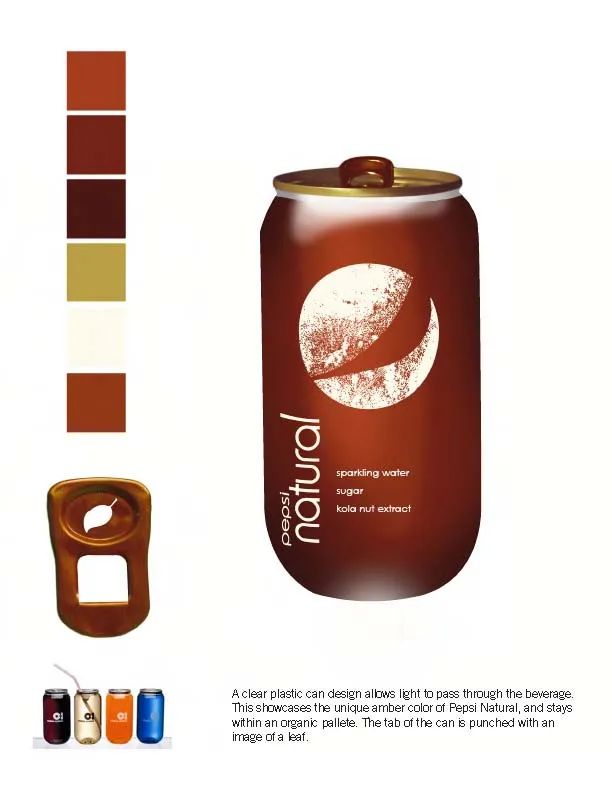
"Natural Pepsi"
Although the Corn Refiners Association has spent $30 million on a series of media publicity activities, it has failed to reverse this trend.
There are three main reasons for opposing the use of high fructose corn syrup: just like people’s resistance to trans fats and artificial food dyes, high fructose corn syrup is accused of being unhealthy, unnatural and unpalatable. (These three statements are described as Hippocratic, Platonic and Epicurean food movements …)
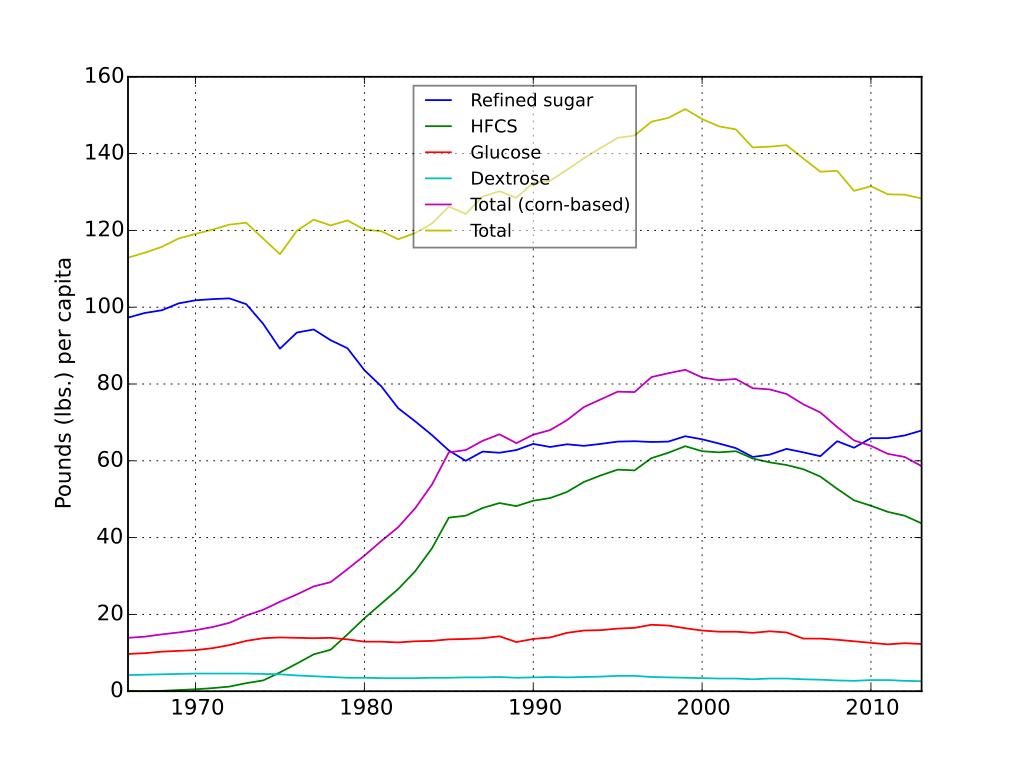
From 1966 to 2013, the per capita consumption of sugar and corn sweeteners in the United States (the green data is corn syrup)
Although these statements are not completely wrong, none of them are absolutely correct.
People’s fear of high fructose corn syrup stems from the concern about the health impact of fructose (one of its main components). Under normal circumstances, after the human body ingests glucose, the body will release chemicals that regulate food intake, prompting us to stop overeating. However, fructose intake hardly inhibits our appetite, and it is also related to the formation of new fat cells.
More and more studies have made some scientists wonder whether the increase in fructose intake in the past few decades may be the root cause of the increase in obesity rate.
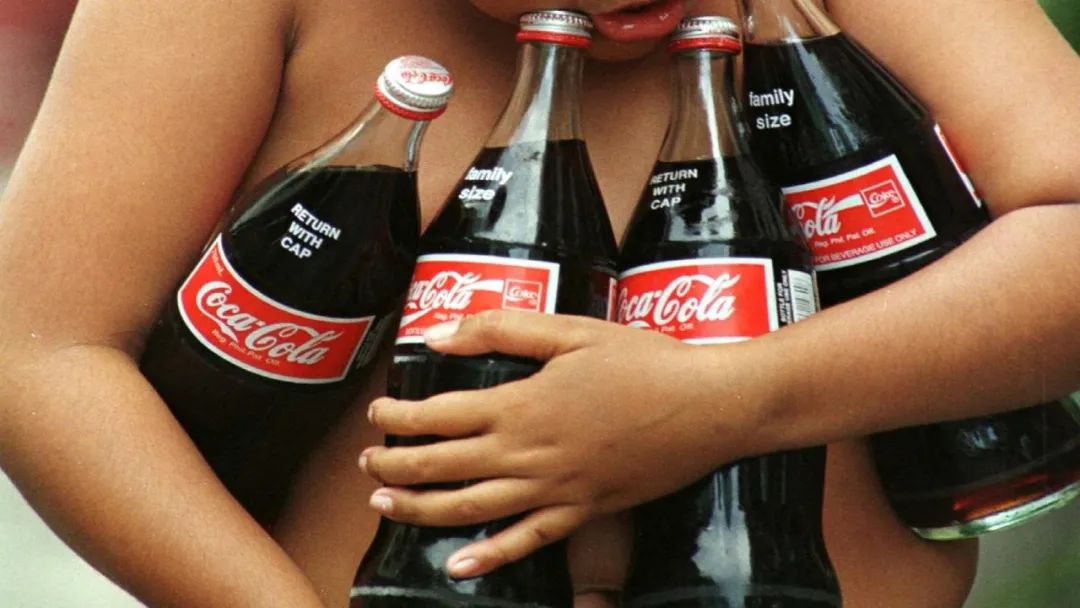
An important study in the Journal of Clinical Investigation revealed more conclusive evidence against the excessive use of fructose. Researchers in California recruited a group of volunteers, who were divided into two groups to drink a drink every meal for ten weeks.
The difference is that one group drinks soda with fructose, while the other group drinks soda with glucose. The experimental results showed that both groups of volunteers gained weight, but the subjects who ingested fructose had more visceral fat, which attached to our organs and was related to the increased risk of atherosclerosis, cardiovascular disease and type 2 diabetes.
The results also showed that the low-density lipoprotein cholesterol level in the fructose group was higher and the insulin sensitivity was lower.
However, there is a defect in this experimental study, that is, fructose is much sweeter than glucose, so in the real world, a small amount of fructose can be worth a large dose of glucose.
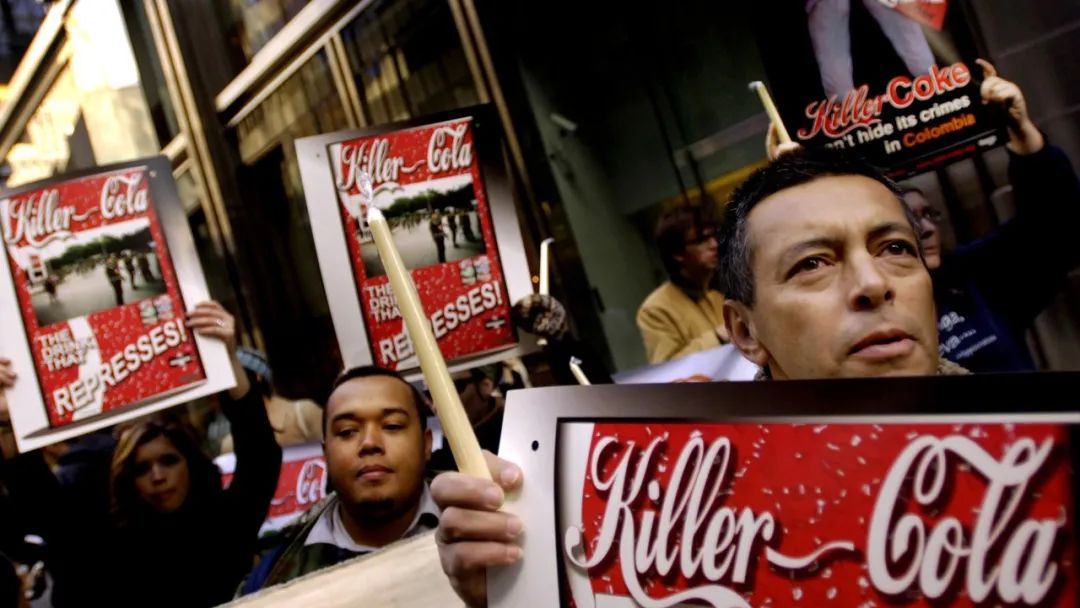
Protesters boycotting Coca-Cola are marching.
To sum up, we have every reason to believe that fructose is more harmful to human body than glucose.
But "high fructose corn syrup is more harmful to human body than other high calorie sweeteners", which is another doubt that needs scientific verification. Although it has "high fructose" in its name, its fructose content is actually not much higher than sucrose.
What we are used to adding to coffee is sucrose, which is a compound with half fructose and half glucose. The high fructose corn syrup in general soft drinks is a mixture of 55% fructose and 42% glucose. If fructose is the root of all evil, then high fructose corn syrup will only be "a little more evil" than sucrose.
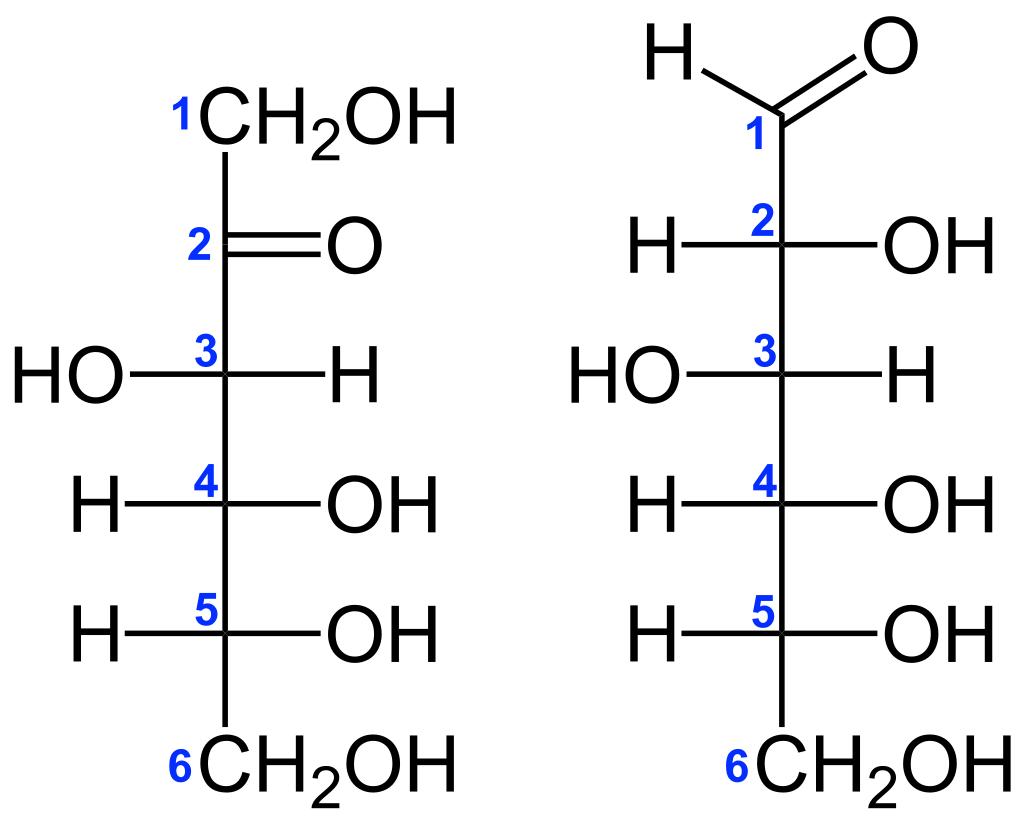
Structural formulas of fructose (left) and glucosaccharose (right)
In fact, the experiment in the Journal of Clinical Research did not distinguish between the two sweeteners. They believe that corn syrup and sucrose may be equally harmful because both contain a lot of fructose: "More research is needed to compare the long-term effects of high fructose corn syrup, sucrose and 100% fructose."
There may be other reasons for blaming obesity on high fructose corn syrup in the United States. According to an article by Michael Pollan, the emergence of high fructose corn syrup enables cheap corn that can get agricultural subsidies to be converted into equally cheap sugar. Therefore, foods containing a lot of calories are produced at low cost, which in turn leads to the obesity of all Americans.
But if corn is not so cheap and plentiful, people may reduce their intake of sweeteners. The price of corn syrup is artificially depressed due to agricultural subsidies, but the prices of other sweeteners are artificially raised due to tariffs and quotas on imported sucrose and refined sugar. In other words, if all subsidies and trade restrictions are abolished, we will still have a lot of cheap sugar to provide the same calories for food.
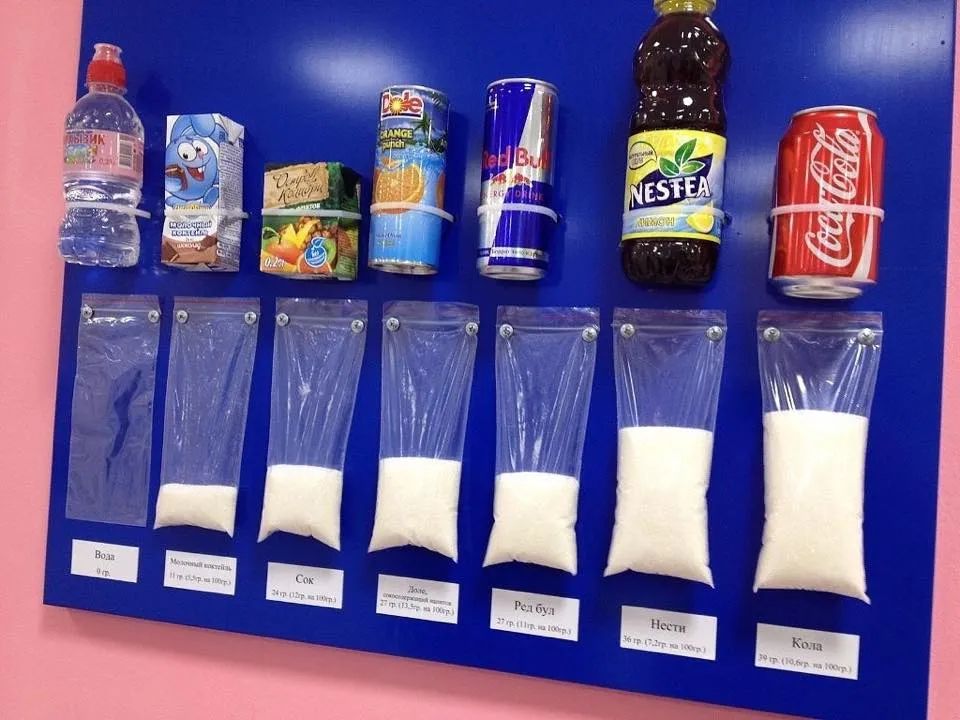
"Comparison chart of sugar content of various beverages" widely circulated on the Internet.
As Tom Philpott pointed out in his book Grist, you don’t need high fructose corn syrup to increase the American obesity rate: the Australian food industry has also led to similar data, although their food industry is mainly based on sucrose.
It is generally believed that high fructose corn syrup is not as "natural" as other forms of sugar, which undoubtedly aggravates the bad reputation of high fructose corn syrup. "Anything natural is healthy, and anything man-made is unhealthy." This view is actually very unscientific and stupid.
If fructose is really the problem, we should avoid using pure natural sweeteners in food. For example, concentrated apple juice or pear juice contains as much as 2/3 fructose, which is more harmful to health than high fructose corn syrup. (Raw natural agave nectar may be more dangerous, and its fructose content is as high as 90%)
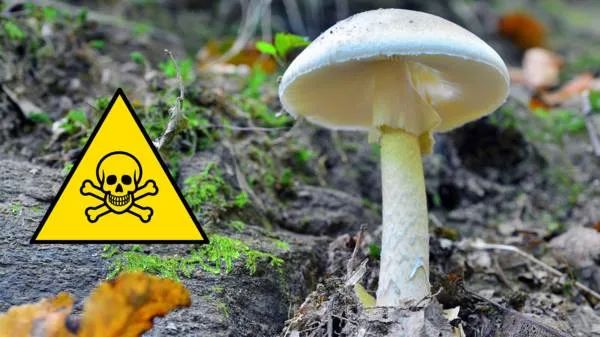
One of the most obvious examples is that there are too many poisonous "natural things" in nature.
In fact, how to classify high fructose corn syrup is also a headache.
Theoretically, this syrup is made from natural products grown in the soil, but people are used to classifying it as artificial products. The main reason is that a series of chemicals need to be added to convert corn starch into fructose and glucose (two of these chemicals can transfer trace mercury to the final product). Moreover, a toxic synthetic fixative called glutaraldehyde is occasionally used in one step of this process.
Because of the above reasons, some consumers have tried to sue soda producers many times-because they promote sweet products containing high fructose corn syrup as "pure natural". In 2007, the manufacturers of 7Up and Capri Sun changed the wording of their product labels when faced with legal proceedings.
In 2008, a similar lawsuit against Snapple was dismissed. At that time, the judge thought that the issue of corn syrup was best left to the officials of the Food and Drug Administration (FDA) to judge and deal with. The FDA finally made a ruling in favor of corn refiners and soda producers. According to the official statement, high fructose corn syrup can be considered as "natural" as long as glutaraldehyde does not come into physical contact with syrup.
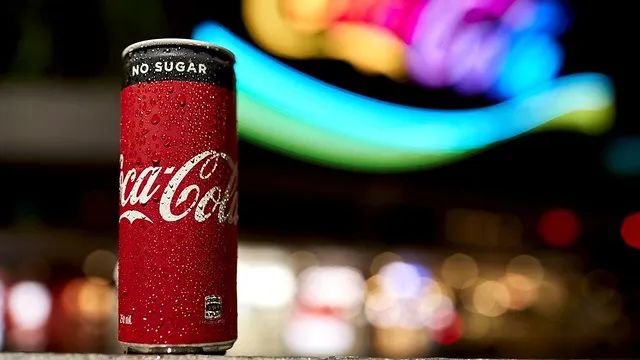
Diet coke, which is all the rage.
However, this ruling did not convince the public. The food industry continues to cling to the idea that corn syrup is fake, while sucrose and beet sugar are real. This has led the manufacturers of new sweetened soft drinks to inevitably promote and sell their "pure natural ingredients"-according to the survey of Mintel Market Research Group, "pure natural" began to become the most popular propaganda word for enterprises in 2008, appearing on 23% of new food and beverage labels.
These marketing activities cater to an unproven general view that high fructose corn syrup has an unpleasant taste. (A famous food blog claimed that "apart from science, the taste of sugar is undoubtedly better") Snapple’s vice president of marketing also announced that the company’s decision to change the sweetener "is ultimately to provide a better taste".

The editor of BevNet.com, an industry publication, said that sucrose has a "completely different and cleaner taste … after you drink it, there will be no syrup in your mouth."
However, some flavor experts are skeptical. They pointed out that the formula of high fructose corn syrup had been accurately calibrated before it was added to soft drinks in the 1980s, in order to completely imitate the taste of sucrose. A spokesman for the Coca-Cola Company also insisted that there was no obvious difference between the tastes of the two drinks.
The scientific community has tried to evaluate the relative taste of pure sugar. A study in 1996 found that fructose, glucose and sucrose could not be distinguished as long as the dose matched the sweetness. Other studies have shown that the taste of fructose comes more rapidly, while the taste of glucose is slowly established and tends to last for a long time. But there is no authoritative research to compare the flavor of sucrose and high fructose corn syrup.
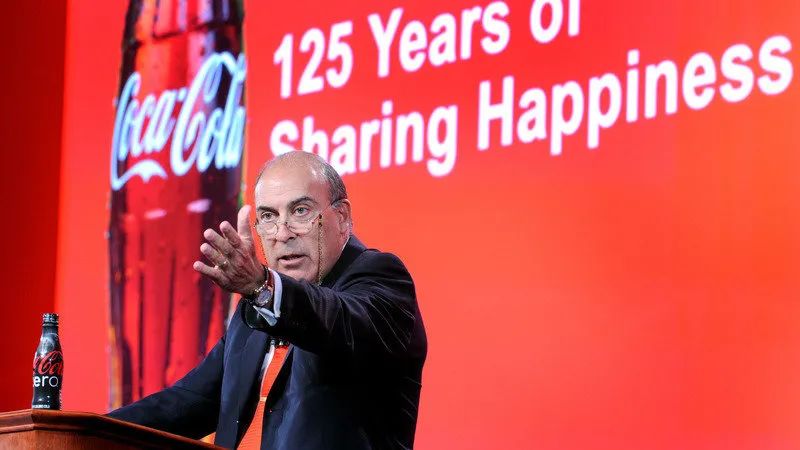
Coke producer: "Happiness is the most important thing."
Nevertheless, a large number of reports circulating in the street show that people can really tell the difference between cola with sucrose and cola with high fructose corn syrup. What we don’t know is whether one of them is really better than the other.
In the street survey conducted by Toronto Star, most passers-by prefer ordinary coke to sucrose or diet coke. Snapple’s testers have encountered similar puzzles: some people describe the version of high fructose corn syrup as "more natural", while others think that the pure natural version has an annoying "chemical taste".
To sum up, we can draw the following conclusions. High fructose corn syrup is not healthy, but there is no reason to think that it is worse than sucrose or beet sugar; At least according to American officials, high fructose corn syrup is as "natural" as other sweeteners. Although the taste of high fructose corn syrup seems to be slightly different from pure sucrose, many people still like it.
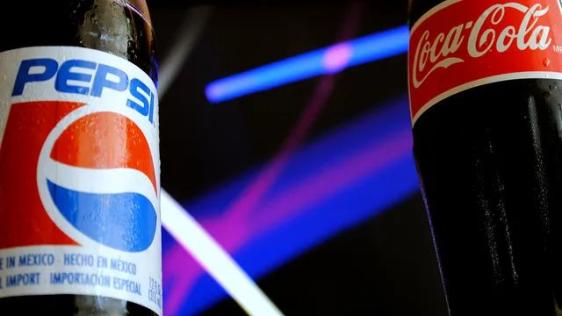
Which do you prefer, Pepsi or Coca Cola?
Therefore, you can convince hypochondriacs with the first conclusion, convince environmentalists with the second conclusion, and defeat gourmets with the third conclusion. But in the final analysis, what is healthy and unhealthy should be the result of scientists’ experiments; What tastes good and what doesn’t taste good varies with everyone’s different tastes.
Merchants can adjust their product strategies according to scientific research or public preferences, but if they cross the border and try to manipulate the public’s preference for food selection by using pseudo-scientific theory, it will be too much.
Original link:
https://slate.com/technology/2009/04/the-decline-and-fall-of-high-fructose-corn-syrup.html
